What You Need To Know About Flood Insurance
One of the most frequent and expensive natural calamities is flooding. A property may sustain damages of up to $25,000 from only one inch of water, according to the Federal Emergency Management Agency (FEMA). Despite this, flood damage is not covered by most renters’ and homeowners’ insurance plans.
Property owners may be exposed financially by this coverage gap. By offering financial security and guaranteeing that impacted people and companies can recover more quickly and completely following a flood disaster, flood insurance reduces this risk. A specific kind of property insurance that covers losses and damages brought on by floods is called flood insurance.
What is Flood Insurance?
Flood Insurance is a form of property insurance that expressly covers flood-related losses and damages. Flooding can occur from a variety of causes, including high rainfall, storm surges, river overflows, and coastal storms. Given the rising frequency and severity of floods across the world, understanding flood insurance is critical for homeowners, renters, and business owners.
Unlike normal homeowners’ or renters’ insurance plans, which often exclude flood-related damages, flood insurance offers a separate layer of financial protection against this common and often deadly natural calamity. This page gives a complete explanation of flood insurance, including its relevance, coverage, pricing, and application procedure.
Advantages of Flood Insurance Coverage
Flood insurance policies generally cover two main areas: the structure of the building and its contents. Flood insurance can be purchased through the NFIP or private insurers. The NFIP provides standardized policies and rates, while private insurers may offer more flexibility and additional coverage options.

Building Property Coverage
This covers the physical structure of the home or building, including the foundation, electrical and plumbing systems, central air conditioning equipment, furnaces, water heaters, refrigerators, stoves, built-in appliances such as dishwashers, and permanently installed carpeting over an unfinished floor. Detached garages are also covered, but there may be limitations.
Personal Property Coverage
This includes everything inside the structure. Included are goods like gold and artwork, as well as valuables like electronics, portable appliances, apparel, furniture, and personal effects. High-value items could require extra coverage, though, as the coverage for these things has restrictions.
Remember that flood insurance does not provide complete coverage. Usually omitted are some spaces and things like cars, temporary housing costs, decks, patios, landscaping, basements, and monetary losses from company disruption. Furthermore, coverage could be restricted for things kept in crawl spaces or basements, which are below the lowest raised floor.
Determining the Cost of Flood Insurance
Communities that participate in the NFIP and take steps to reduce flood risks can benefit from discounted rates. The cost of flood insurance varies widely based on several factors:
Flood Zone
Properties located in high-risk flood zones (Special Flood Hazard Areas) typically have higher premiums. FEMA’s Flood Insurance Rate Maps (FIRMs) help determine these zones. The elevation of a property relative to the base flood elevation (BFE) significantly impacts the premium. Homes elevated above the BFE may receive lower rates.
Coverage Amount and Deductible
The amount of coverage chosen for the building and its contents, as well as the selected deductible, influence the premium. Higher coverage limits and lower deductibles result in higher premiums. The age, type of construction, and occupancy of the building also affect the cost. Newer buildings constructed to higher standards often qualify for lower rates.

How to Obtain Flood Insurance
Flood insurance can be obtained through the NFIP or private insurance companies. Here’s a step-by-step guide to acquiring flood insurance:
Assess Your Risk
Use FEMA’s Flood Map Service Center to determine if your property is in a high-risk flood zone. Even if it’s not, remember that about 25% of flood claims come from low- to moderate-risk areas. Flood insurance policies can be purchased through the NFIP or private insurers. The NFIP provides standardized policies and rates, while private insurers may offer more flexibility and additional coverage options.
Select Coverage
Decide on the amount of coverage you need for both building property and personal property. Keep in mind the limits set by the NFIP, which are typically $250,000 for residential buildings and $100,000 for contents. For additional coverage, consider a private policy. Contact an insurance agent to get a quote based on your property’s specific risk factors.
Purchase the Policy
Once you’ve selected the appropriate coverage and provider, purchase the policy. Be aware that there is usually a 30-day waiting period from the date of purchase before the policy becomes effective, so plan ahead. Ensure that the agent is knowledgeable about flood insurance and can provide detailed information about your options.
Filing a Flood Insurance Claim
In the unfortunate event of a flood, knowing how to file a claim can expedite the recovery process. Here are the steps to follow:
Contact Your Insurance Agent
Notify your insurance agent or company immediately after the flood. Provide your policy number and contact information. Take photographs and videos of the damaged areas and items before cleaning up. Make a list of damaged or lost items, including their approximate value and purchase date.
Complete a Proof of Loss
Your insurance company will send you a Proof of Loss form. This document details the extent of your damages and the amount of compensation you’re claiming. Fill it out accurately and return it within 60 days. An insurance adjuster will be assigned to assess the damage.
Be present during the inspection to answer questions and provide any necessary documentation. After the adjuster’s report and your Proof of Loss are reviewed, you will receive payment for your covered losses. This process can take time, so maintain communication with your insurer throughout.

Conclusion
For property owners in locations susceptible to flooding, flood insurance is an essential part of their financial security. Acquiring and managing flood insurance, along with knowing its significance and the coverage it offers, may assist people and companies protect their assets from the destructive consequences of flooding.
It will become more crucial to keep up with flood insurance trends and alternatives as climate change continues to affect flood patterns in order to manage risk and recover from disasters. For property owners in locations susceptible to flooding, flood insurance is a crucial source of financial protection. Individuals and companies may better protect their assets against the terrible impacts of floods by being aware of its coverage, pricing, and application procedure.


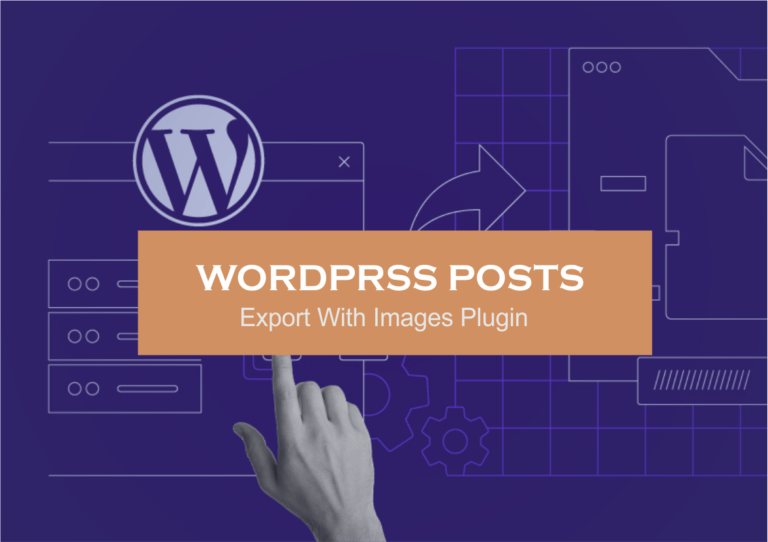
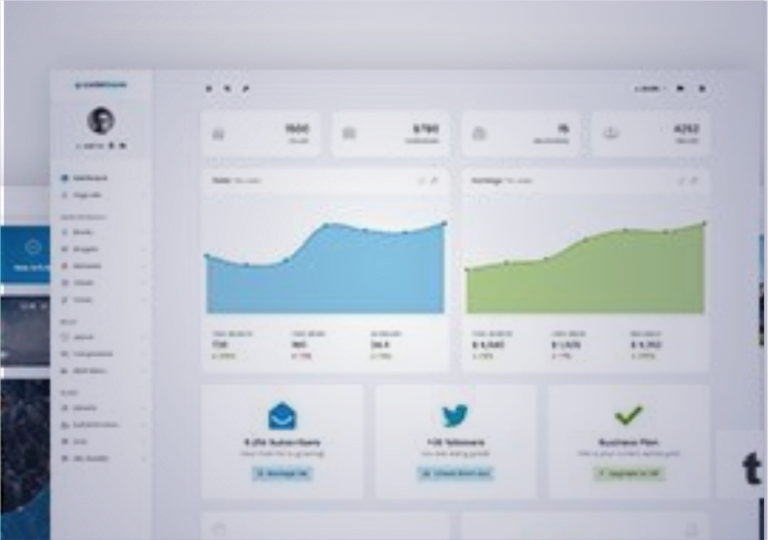










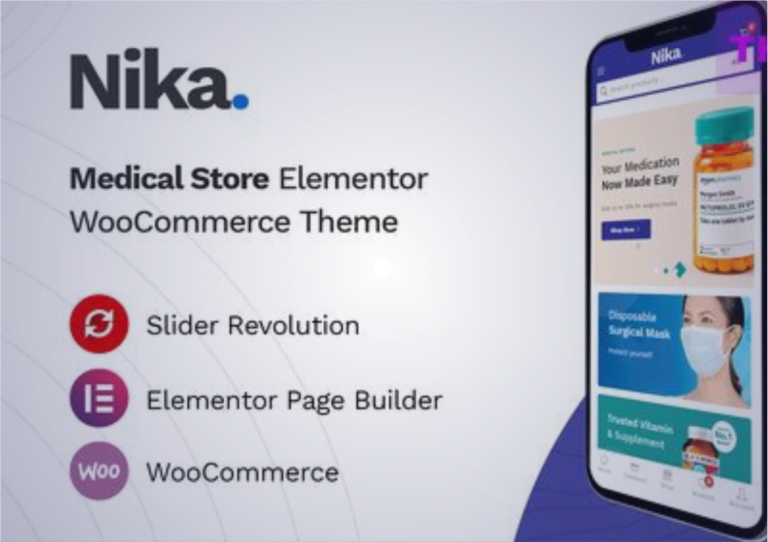






















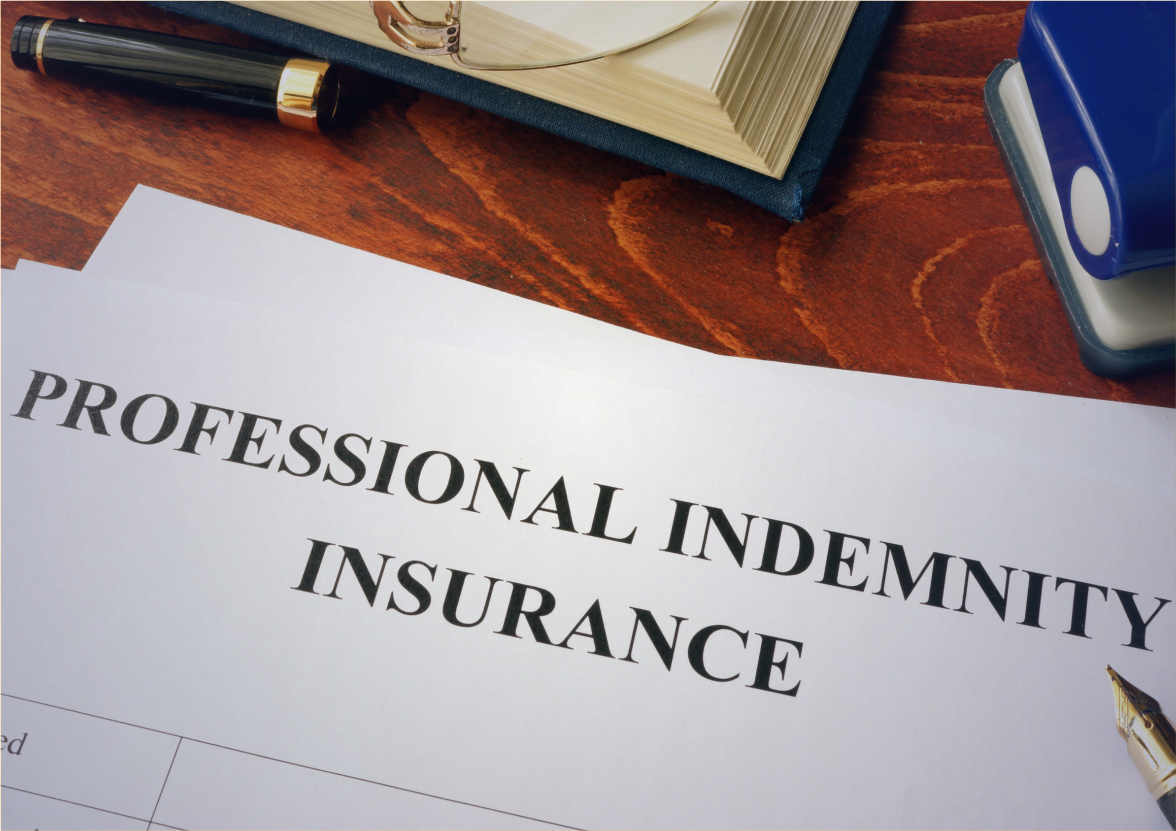



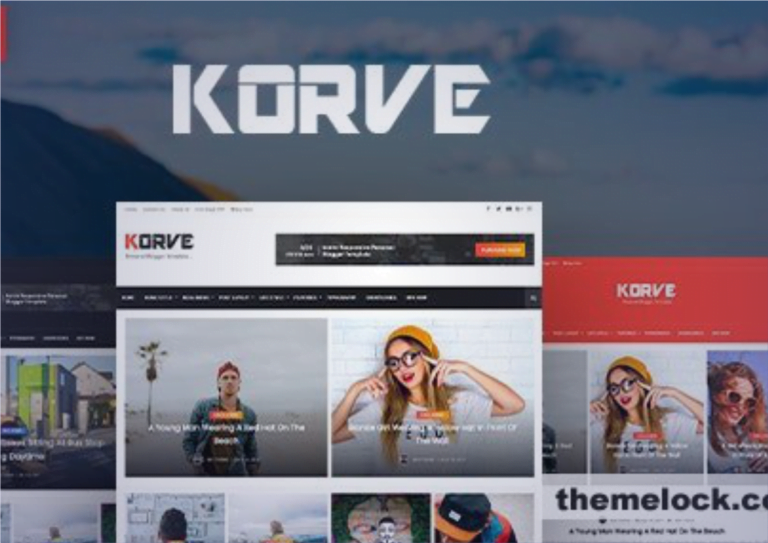
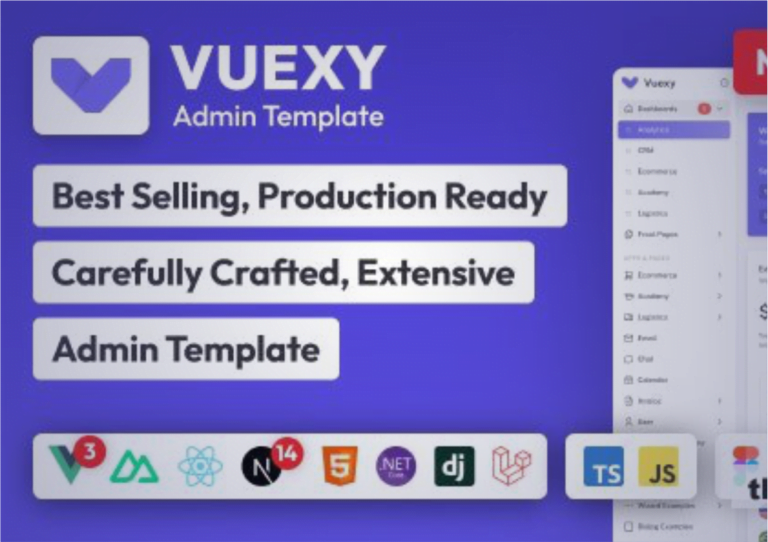






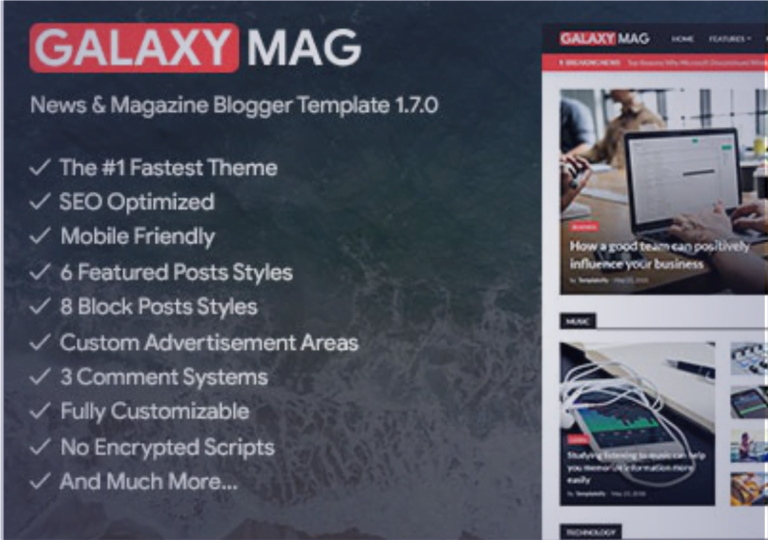















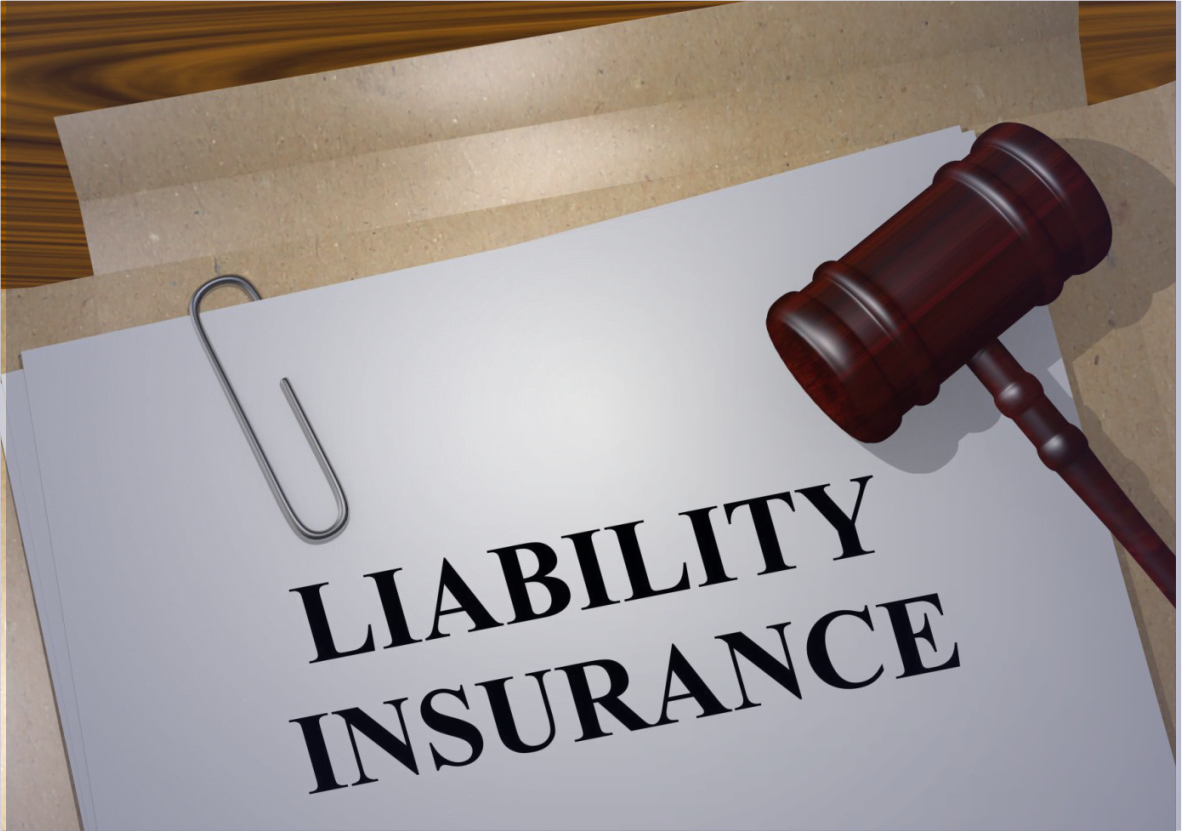


1 comment
[…] Management Software In UK The Advantages Of Income Protection Insurance All That You Need To Know About Flood Insurance Ways Travel Insurance Can Protect […]